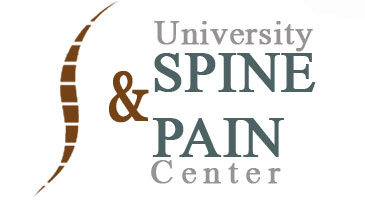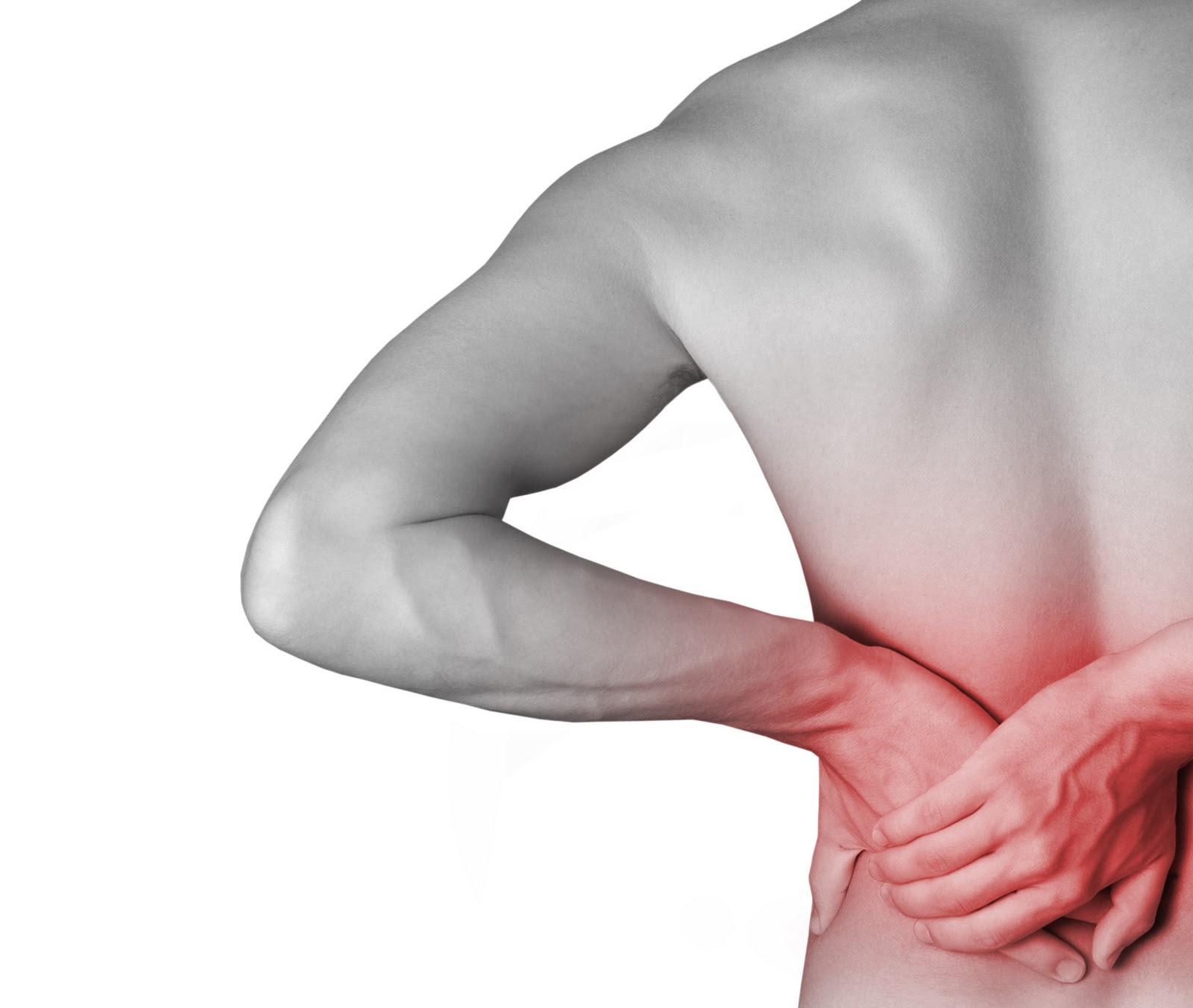Back Pain
Herniated Discs, Sciatica, Spinal Stenosis, SI Joint Pain
In the United States, low back pain is one of the most common health issues and the #1 reason for a visit to the doctor’s office. First, it is important to understand where your back pain is coming from to prevent an injury, limited mobility and overall worsening of your discomfort.
Secondly, there are many reasons for someone to have low back pain. For example, you may have a sports injury or maybe poor position and posture working at your desk for too long. Finally, regardless of the root of the problem, it is necessary to seek professional treatment from a Pain Management Specialist.
Frequently, some people bear low back pain for a few days or weeks with the hope that it will pass. Occasionally, the symptoms may resolve, but often this is not the case and additional treatment is recommended. Above all, the last thing you want is for your condition to get worse.
WHERE IS YOUR LOWER BACK PAIN COMING FROM?
-
Herniated Discs: Most problems originating in the spine are a result of the spaces between the bones called intervertebral discs. These discs are composed of two main parts: a soft inner nucleus and a fibrous outer wall called the annulus fibrosis. When the fiber walls of the outer vertebrae crack, the soft inner nucleus to push through and put pressure on the nerve root. This herniation of the disc can then cause pain to radiate down one or both of the legs.
-
Back Muscles: Additionally, low back pain originates from back muscles that have been strained or pulled. Those suffering from sore, aching, and painful backs are usually suffering from muscle ailments.
-
Facet Pain: Facet pain accounts for a large amount of back and neck pain in patients. There are joints in the spine that connect each vertebrae to another. Facet joints provide stability and mobility of the vertebrae. When they are injured or diseased, the result is often facet mediated pain.
-
Sacroiliac Joint Pain: Sometimes, lower back pain and leg pain can be attributed to the Sacroiliac joint. The sacroiliac joint connects the spine to the pelvis and can cause pain when overused or when underused.
TREATMENTS FOR BACK PAIN AND INJURIES:
After you injure your back, your first intuitions may lead you to a hot bath or a comfortable bed. Immediately, these remedies may make your back feel better immediately. However, such actions are only short-term remedies. In addition, some people resort to such things as icing the back, resting the back and compressing the specific painful area. While some of these home remedies will give you quick relief, they are not to be used as repetitive and ultimate solutions.
We offer a wide variety of treatments including:
|
|
Spinal Stenosis:
Spinal Stenosis is a narrowing of the canal of the spine that can cause pressure to be placed on the spinal cord and nerves of the spine. In a healthy spinal column, nerve roots leave the spine via nerve root canals unrestricted. Sometimes, the bone and soft tissues can grow over top of the vertebrae and end up covering the nerve root canals, resulting in spinal stenosis.
Additionally, the most common cause of Spinal Stenosis is natural wear and tear due to the aging process in which ligaments may thicken, herniated discs or bulging discs may occur and cysts may form.
THE SYMPTOMS OF SPINAL STENOSIS:
It is possible to have Spinal Stenosis and have no signs or symptoms of having the condition. In those who do have symptoms, they usually are gradual symptoms and may become worse over time. As a result, Spinal Stenosis constricts the nerve roots and can lead to a number of painful and unpleasant symptoms. Some symptoms of Spinal Stenosis may include:
-
Leg cramping
-
Leg discomfort
-
Numbness, weakness or tingling in your leg, foot, hand or arm
-
Decreased physical activity
WHAT DO I DO NEXT?
The first step in treating Spinal Stenosis is to make an appointment to see a Pain Management Specialist for Spinal Stenosis diagnosis and learn about your treatment options.
Click here to find out more about our services and schedule an appointment!

Our state of the art pain clinic and surgery center offer innovative and comprehensive approach to each individual needs. Call today to schedule your appointment.
QUICK LINKS
• Appointment
• About Us
• Providers
• Our Services
• Forms
• Testimonials
• Contact Info
CONTACT
Fax:
(424) 488-0498
OFFICE HOUR
Monday: 9am – 5pm
Tuesday: 9am – 5pm
Wednesday: 9am – 5pm
Thursday: Closed
Friday: 9am – 5pm
Sat & Sun: Closed
Holidays: Closed
Copyright – All Rights Reserved.
